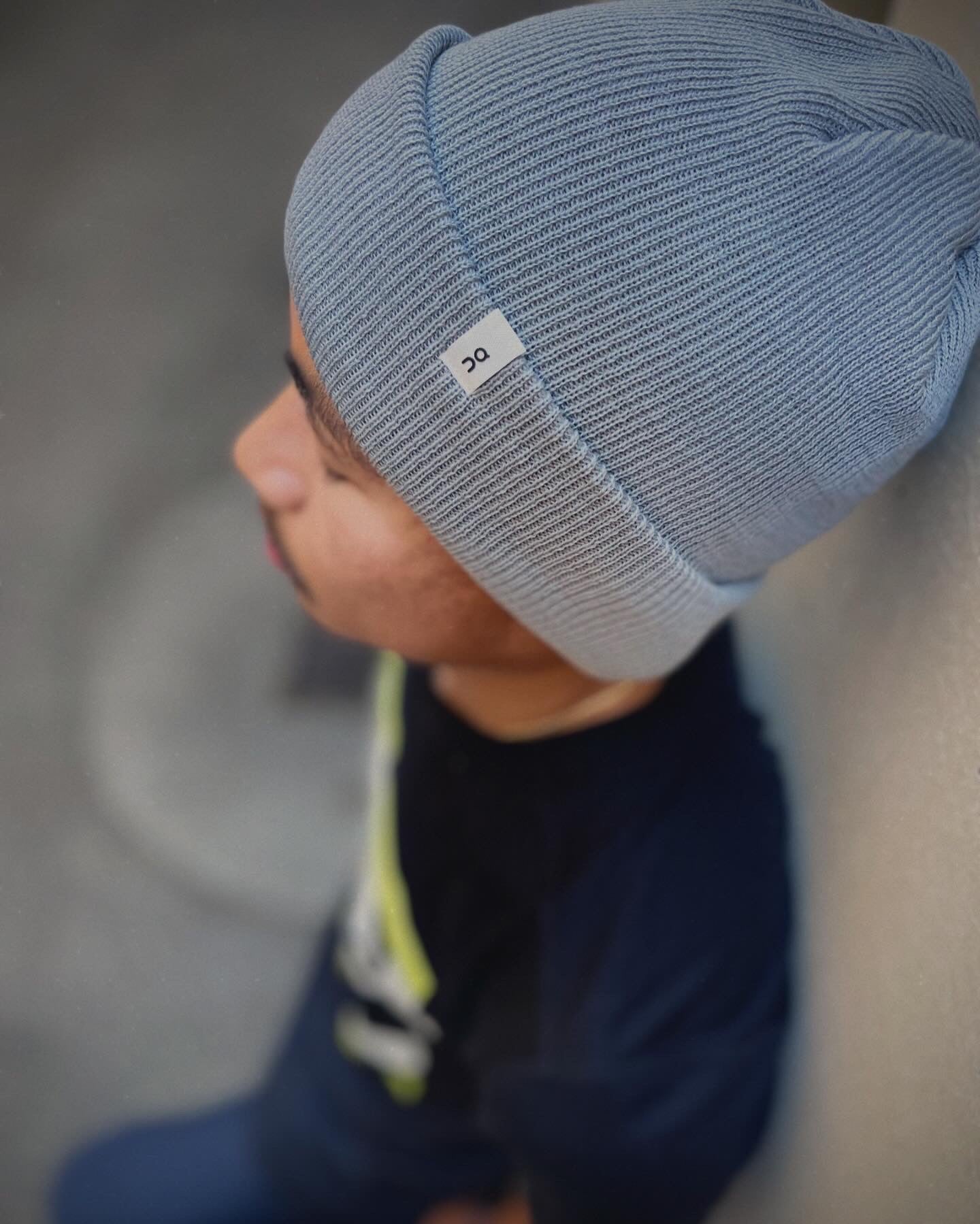
In this blog we will analyse and break down the effect that climate (particularly temperature, humidity and radiation) can play on your distance running performance. Understanding how to choose an ideal race based on climate OR training to maximise your performance in a specific climate, can go a long way to determining whether or not you will run your goal time at your goal event. By the end of this blog, we hope you have an understanding as to how you much heat stress can affect your race day performance and how you can adjust your training to maximise performance and reduce risk.
Training Adaptations and Racing Considerations
Training in the heat can be very effective in helping you improve your racing results in both the heat and cold. Some key physiological adaptations that will occur with short term heat training exposure (minimum 6 runs in 2 weeks) is blood volume expansion via increased plasma volume as well as gains in optimal sweating/heat loss strategies. This can facilitate performance gains in the area of a few % (1-3%) even in cold or temperate environments. So be smart about your training in the summer.
Optimal Race Temperature
If you plan to travel for a race with the aim of running a PB, then climate needs to play a role in your selection (particularly for the Marathon). Numerous studies indicate that optimal Marathon running temperature is ~6 deg C for advanced recreational runners (3h) and down to ~3 deg C for elite runners (2h 10min). Elites require cooler conditions given they race at a higher percentage of their VO2 Max, meaning more aerobic metabolism and greater heat production at the cellular level.
If you do race in conditions hotter than this, what can you expect to happen to your performance? Thanks to research from Exercise Physiologist Matthew Ely and his team (2007), we know that elite Marathoners (2h 10min) racing in 10-15 deg C will add 1-2min (up to 1.5%) to their race time, whilst advanced Marathon runners (3h) racing in 10-15 deg C will add 4-8min (up to 4.2%), with time losses increasing as the race day temperature increases.
Solar Radiation
In addition to high temperatures and humidity, high levels of solar radiation have also been shown to negatively affect race day performance (Otani et al. 2016). If your race is likely to be in full sunlight (i.e. not early in the morning) then consider covering up some skin to reduce your skin temperature and prolong your time to exhaustion.
High Intensity Training
As you approach your threshold pace, your body is sitting on a fine line as to whether this intensity is sustainable for more than a few minutes. So with the added heat stress, your body now has a trade-off as to whether it sends blood to your skin to assist in cooling, or to keep sending blood to the working muscles to supply oxygen. So to avoid exceeding your threshold too early in a training session and compromising the volume of the session, we recommend dropping your threshold pace by a minimum of 5-8s per km (for runners who regularly train in the heat) or up to 10-12s per km (for those who rarely training in the heat). This will allow you to have an oxygen reserve that you can gradually eat into as the workout progresses.
Low Intensity Training
These runs can naturally have a larger variation in the intensity (pace) at which they are completed, so ensure you stay on the conservative side of the pace spectrum (i.e. long running closer to your recovery pace vs. your steady pace) when completing them in hot conditions. If you run on your steady pace (correlating with your aerobic threshold), then the blood flow trade off between the skin and working muscles means the associated exertion to run steady is more likely to be a tempo effort. Whist it may feel ok at the time (given you are still below your anaerobic threshold), this can be enough to induce extra stress during a training run that should not stress the body significantly. This can then create a domino effect where subsequent sessions later in the week are affected and overall training quality and quantity is lowered.
When looking at reducing your run volume, beginner to recreational runners should be cautious about running for >1h in hot conditions (remember that hot is a relative term compared to what you usually training in), whilst advanced runners should be cautious about running for >1h 30min. If you are in a building phase of your training (i.e. your goal event is still a while away), then we highly recommend sticking to these volume limits. Cutting a long run or easy run marginally short and respecting the conditions will ensure you don’t over stress your body and end up missing whole sessions down the track. If you are into a specific phase of your training (i.e. your goal race in less than 3-4 weeks away) and the run is a race-specific preparation run, then you are best not to tinker with the run. Aim to complete it as planned on a later date when the conditions are more favourable (the specifics of which should be discussed with your coach). This allows the specific aims of the session to be achieved and to give you the necessary information to strategically plan for your goal race.
If you wish to know more about this topic, or anything to do with your running training, please get in touch with our expert coaching team who are ready to assist you towards your next running goal! Please email coach@frontrunnersports.com.au or see our website: www.frontrunnersports.com.au
Book a meeting and get started to your goals with an accredited Front Runner coach HERE
Regards Ben Green











Leave a comment
This site is protected by hCaptcha and the hCaptcha Privacy Policy and Terms of Service apply.